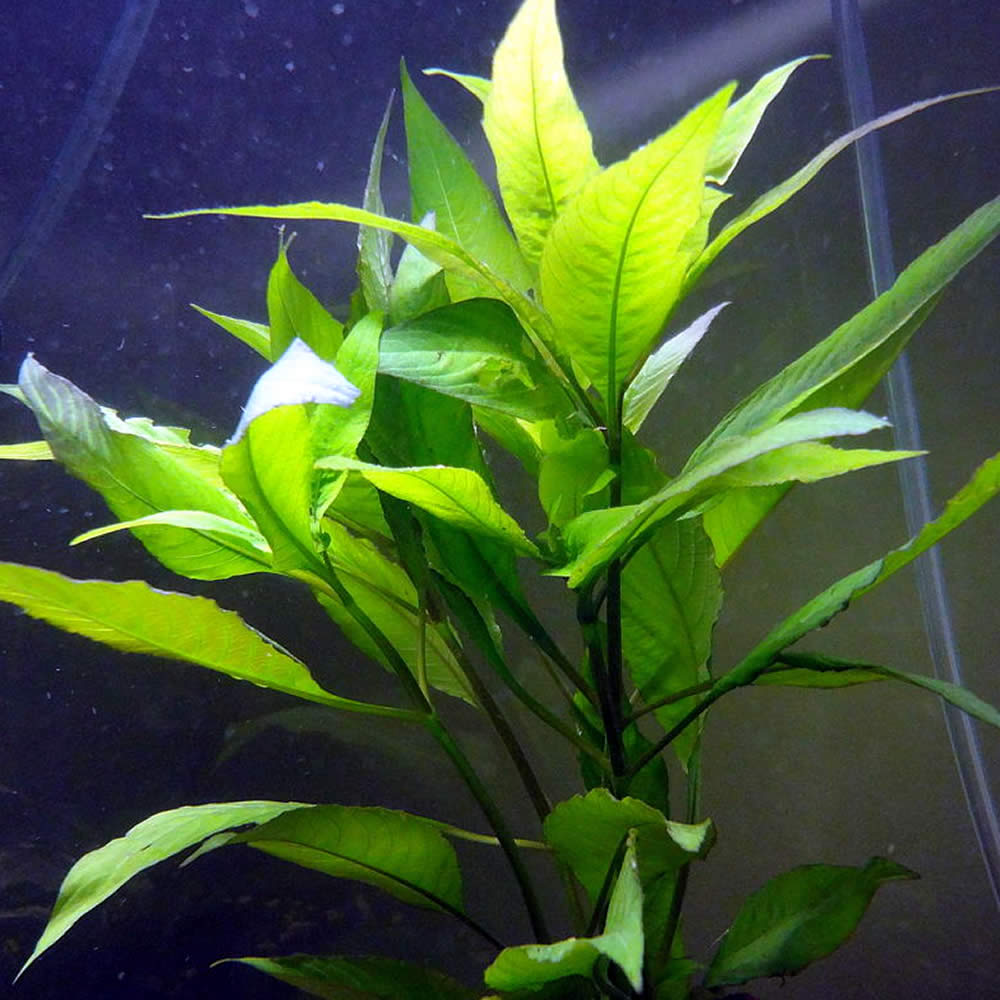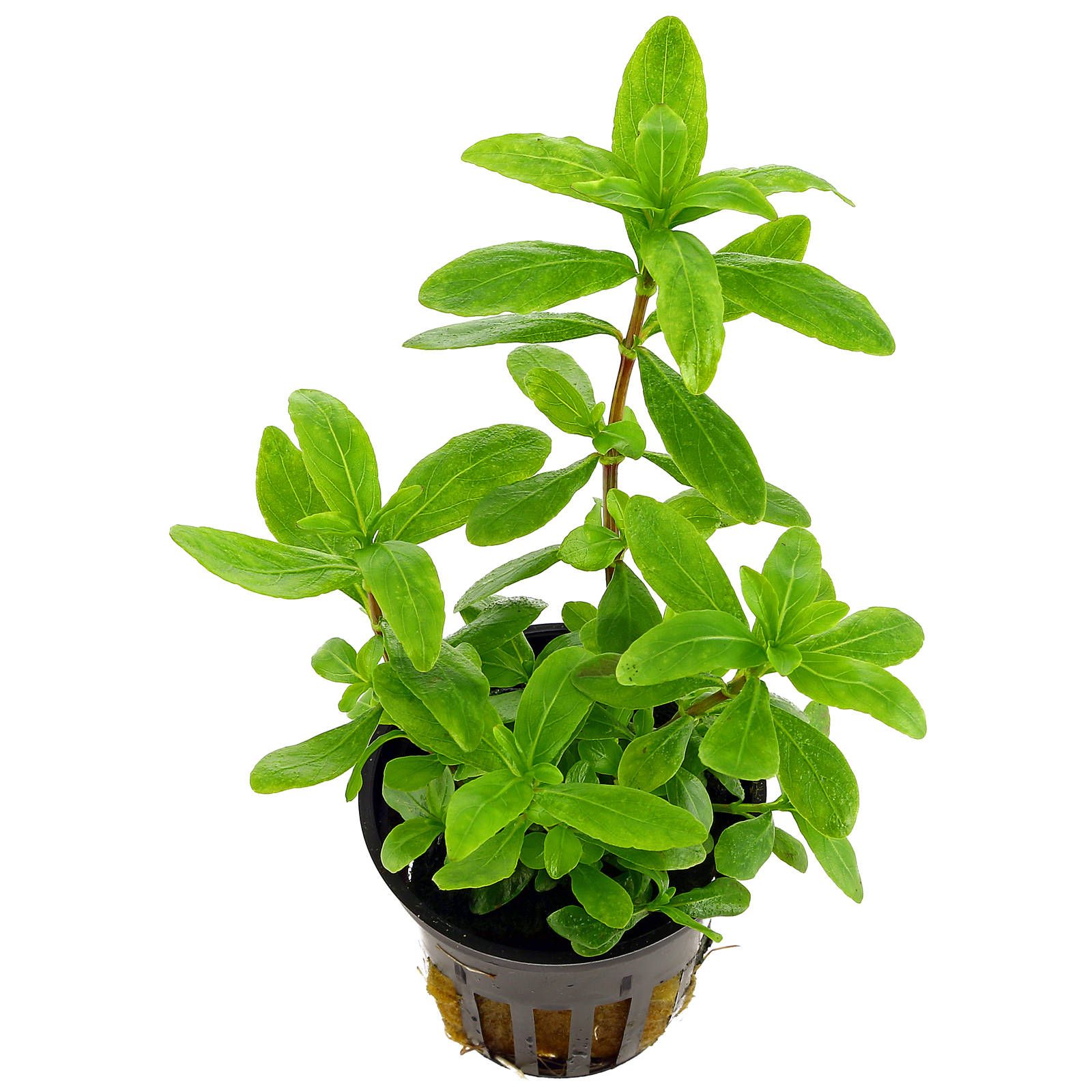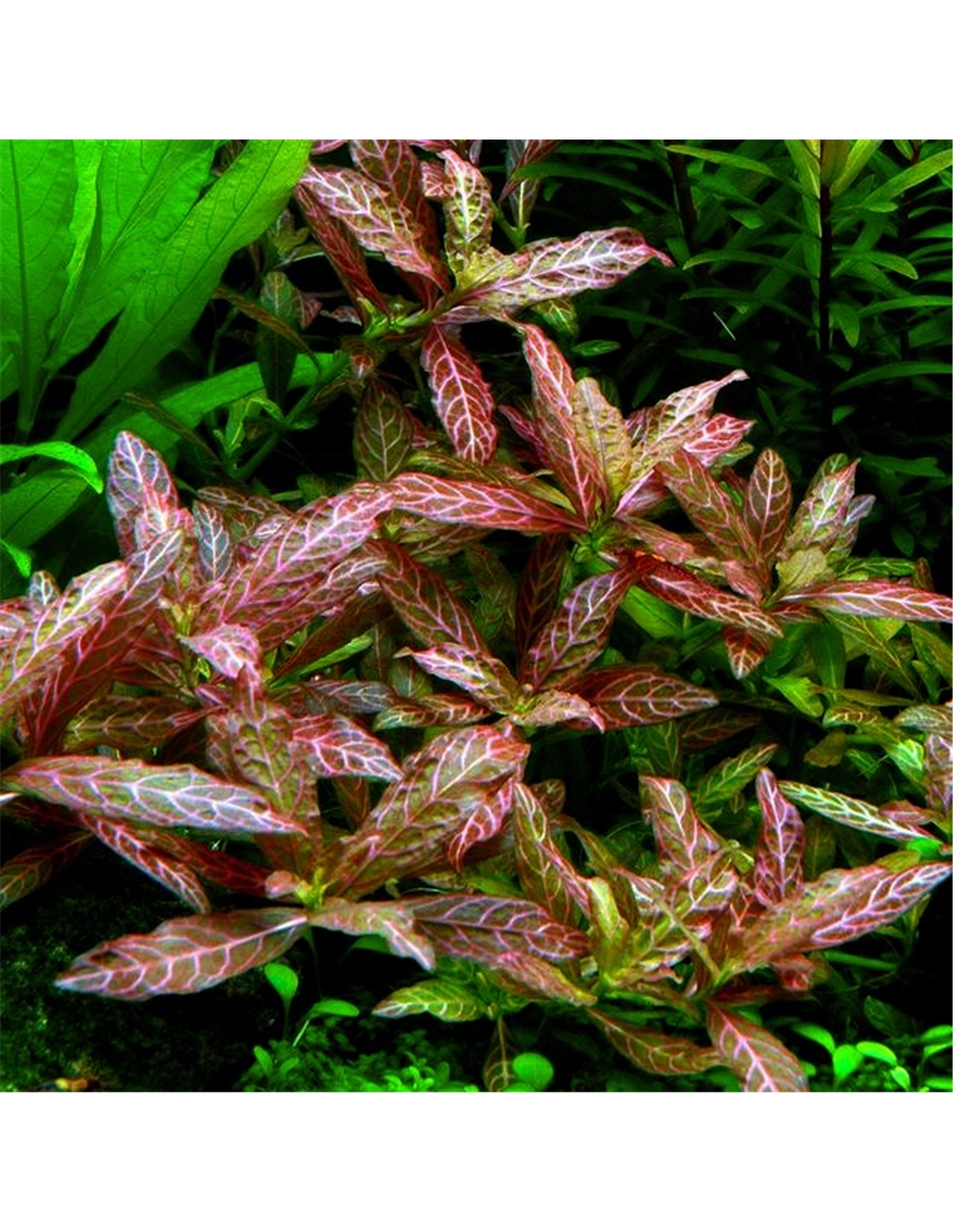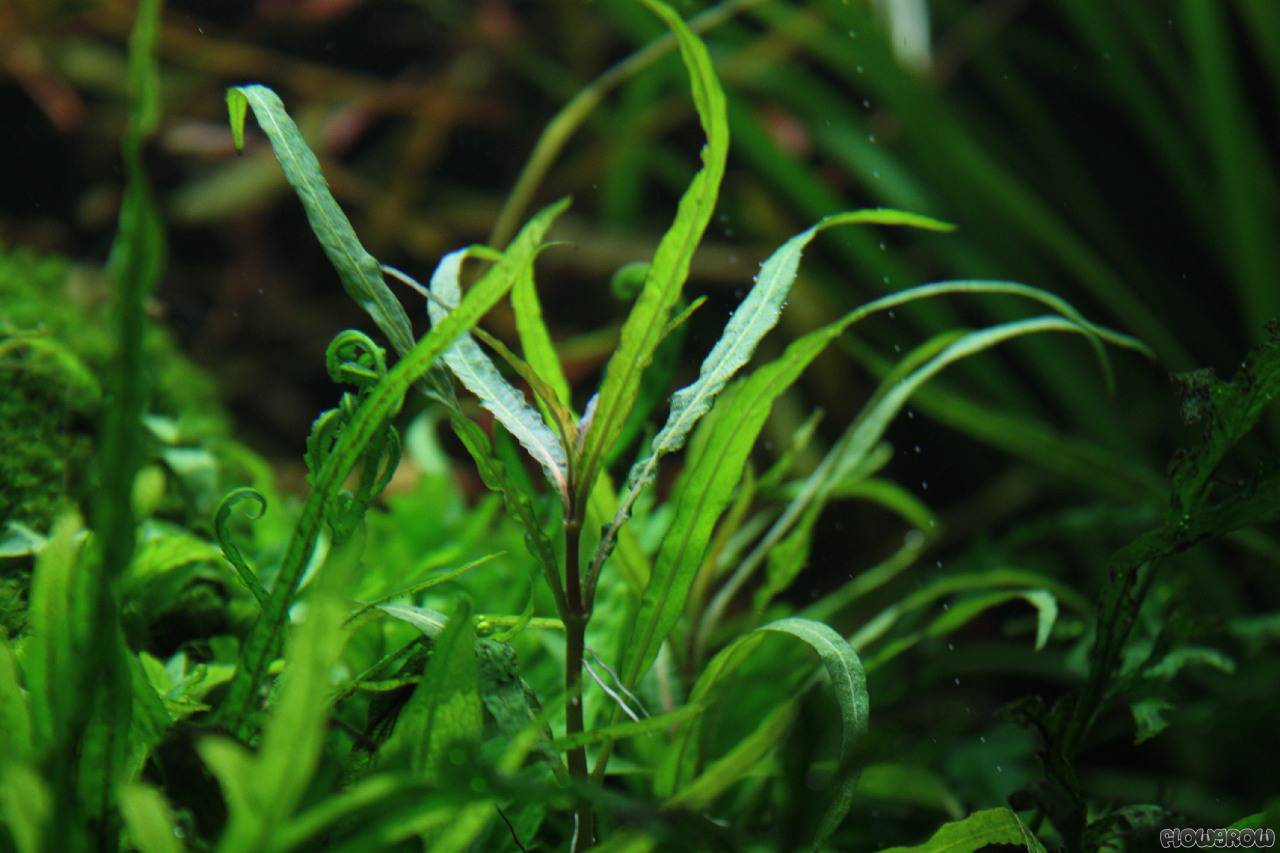
Hygrophila Angustifolia Acuarios Plantados
pH The optimal pH level for Hygrophila ranges between 5 and 8. For help managing the water's pH, you can use pH treatments. Temperature The optimal temperature range for most types of Hygrophila is between 68 and 82 degrees Fahrenheit. Overall, make sure your Hygrophila is in a well-suited, clean environment.

Planta Hygrophila difformis Ficha Técnica MyAquarium
Hygrophila fish tank growing is simple enough. In fact, it's hard to make mistakes with these plants, which are very forgiving. It can tolerate most types of water, but you may want to add a trace mineral supplement once in a while. For substrate, use gravel, sand, or even soil. Plant into the substrate and watch it grow.

Hygrophila Corymbosa Compact Live Aquatic Plant Glass Aqua
Introduzido em alguns países incluindo EUA. Tamanho : 60 cm. pH: 6.0 a 9.0 — Temperatura: 18°C a 30°C. Iluminação: Moderada a intensa. CO2: Não necessário. Substrato: Simples. Crescimento: Rápido. Descrição : planta bastante rustica, ideal para aquaristas iniciantes. Bastante utilizada no fundo do aquário, porém poderá ser.

Hygrophila corymbosa Plantas acuáticas MercadoAcuatico
Hygrophila 'Araguaia' is a medium category plant available in Tropica's 1-2-Grow range where it is produced in-house in Tropica's Danish laboratory. It stays relatively short when compared with most other Hygrophila species with compact needle shape leaves that can range in colour from reddish brown through to purple depending on the lighting and nutrient conditions.

Hygrophila angustifolia Acuario Red Fish
Ecology: Hygrophila polysperma is a wetland plant that can occur as a submerged or an emersed plant. It inhabits lakes, streams, marshy areas, ditches, and rice-fields (de Thabrew 2014). This species can grow in water at depths up to 3 m and on stream banks as an emersed plant (Nault and Mikulyuk 2009).

Hygrophila polysperma Características y Cuidados.
Abstract. Acanthaceae is an eurypalinous and pollen morphology has been used in species delimitation and as a support to new taxa recognition. The aim of the present study is to provide new pollen descriptions for the Brazilian species of Dyschoriste (7 spp.) and Hygrophila (4 spp.). We analysed the pollen under light and scanning electronic microscopy.

Hygrophila polysperma Sunset
How to Plant Water Wisteria. Carefully remove the stems from the rubber band, bundle, or rock wool inside the plastic pot. Trim any stems or leaves that were damaged during transportation. Using your fingers or tweezers, plunge the base of each stem as deeply as possible into the gravel or substrate. Plant each stem separately approximately 1-2.

APRENDA TUDO SOBRE HYGROPHILA POLYSPERMA! TAMANHO, PH, ILUMINAÇÃO, COMO
Hygrophila, commonly known as swampweeds, is a genus of flowering plants in the acanthus family, Acanthaceae.There are about 80 to 100 species, of which many are aquatic plants.The genus is distributed across the tropical and subtropical world. It is one of only two genera in its family that contains aquatic plants, the other being Justicia.The genus is treated in the tribe Hygrophileae, which.

Staurogyne stolonifera Flowgrow Aquatic Plant Database
20 ramos da planta por 20 reais.enviar cep para consultar valor do frete.

Hygrophila polyspermasubmerged Aquarium Plants Lincolnshire Pond
Hygrophila polysperma is simple to propagate in the home aquarium. Simply pinch off a segment and plant it in the substrate. You can even use one, fully-formed leaf, or a piece of stem to create a new polysperma. So, if you want to plant a new setup, you can break up one mature Hygrophila polysperma into multiple plants that you can then plant.

Hygrophila angustifolia Acuario Red Fish
Hygrophila oblongifolia is shown to be an illegitimate name and synonymous with H. acutangula. A new name, H. nordestina, is proposed for H. sessilifolia.. Rio de Janeiro, "Ad Cabo Frio.

Dwarf Hygro Hygrophila polysperma Variegated AquaBang!
The hygrophila corymbosa is a simple plant that is fairly easy to care for. There are a few subspecies of the hygrophila corymbosa, though that are similar in most characteristics. This aquatic plant creates a beautiful view with its long, slim leaves that are tapered at each end. This stem plant is bright green in color and can sometimes change colors based on the amount of lighting it receives.

Hygrophila Fish Tank Growing Learn About Hygrophila Aquarium Plants
Water type, Temperature, Hardness, and pH: Temperature: Willow hygro does best in warm tropical temperatures from 68 - 82°F (20 - 28°C). This plant does not tolerate cold water. If the temperature drops below 68°F (20°C) it starts growing slowly. pH: This plant prefers water pH in the range of 6.5 - 8.0.

Hygrophila Corymbosa Planta Acuatica Peces S/ 8,00 en Mercado Libre
Hygrophila Salicifolia, more simply referred to as "Hygro", is an aquarium plant that hobbyists will typically place in the background of an aquascape. A member of the Acanthaceae family, this flowering plant is a member of the same genus as the more common Water Wisteria, and shares similar care requirements. Native to the wetlands of southern.

Hygrophila Polysperma , Acuario Plantado Mercado Libre
The growth rate of Hygrophila pinnatifida depends on the environment of your tank and the stage of the plant's development. With enough light and CO₂, it can grow quickly, reaching a height of 30 cm (11.8 inches) and a width of 25cm (9.84 inches) or more. It's recommended to keep the shoots trimmed to prevent it from shadowing other.

Planta N Hygrophila Rio Mobydick aquarios 218
Hygrophila Araguaia and Hygrophila Corymbosa are both stem plant varieties, but the latter is easier to buy and can be more hardy in low tech tank setups. H. Araguaia needs fertilizers and CO2 injection for best growth and health. H. Corymbosa's foliage is green while H. Araguaia can develop reddish brown coloration with high intensity lighting.